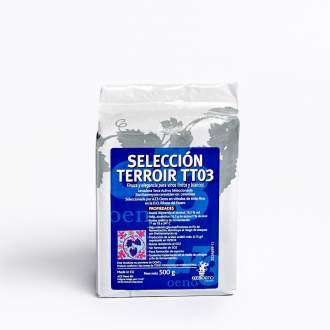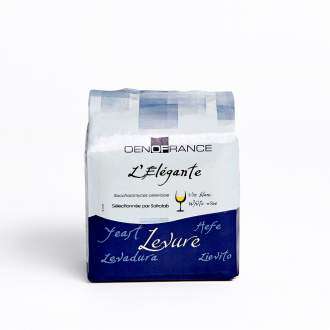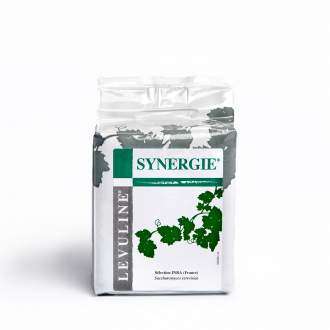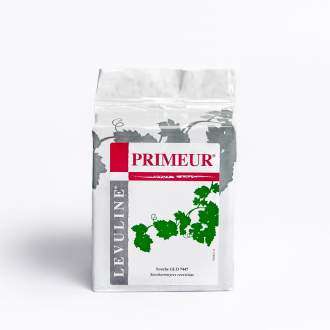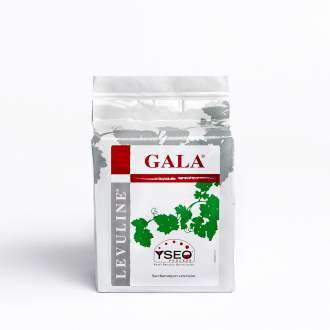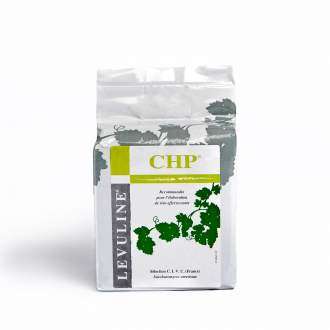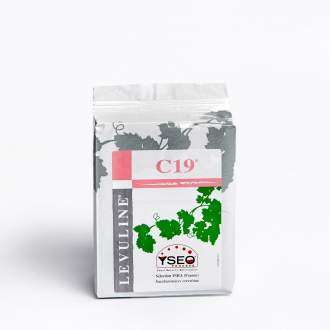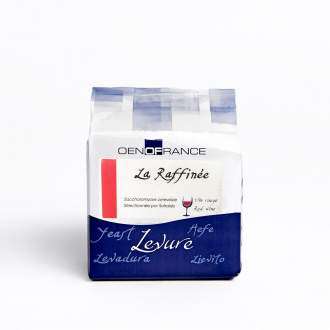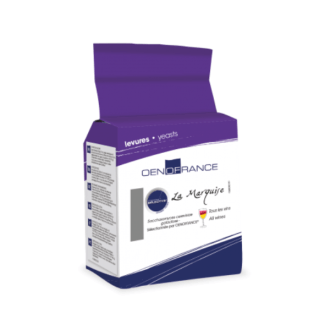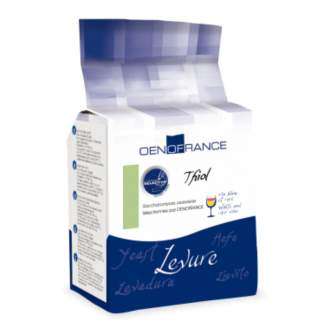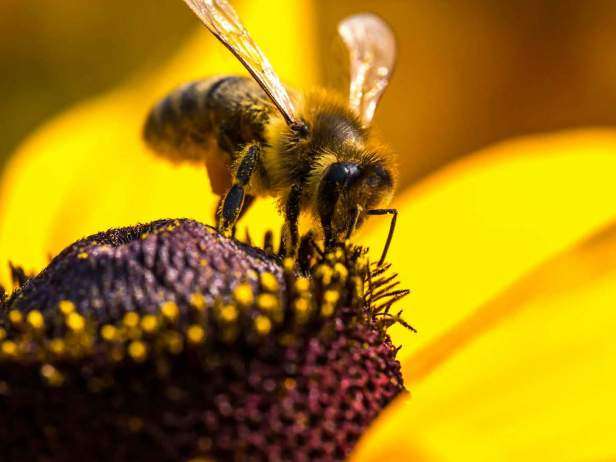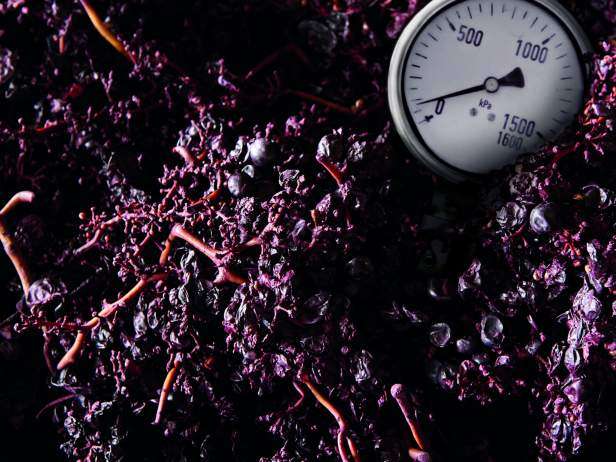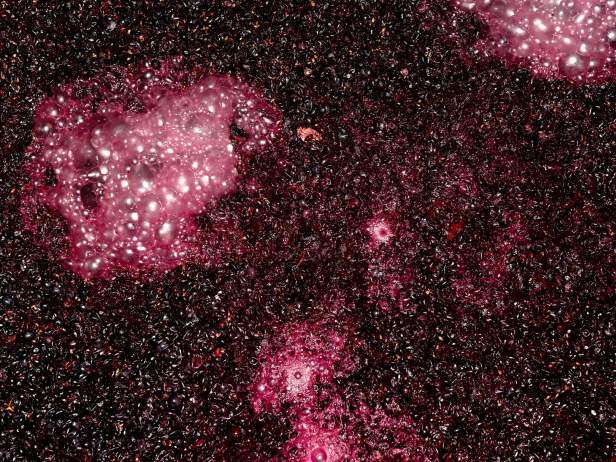Yeasts
Small in size but huge in terms of organoleptic impact, yeasts perform crucial tasks: transforming the must into wine comprehensively and safey, expressing the typicity and aromatic potential of the grape, or creating it when it is lacking.
Your first decision is to whom you entrust these tasks:
- Are you looking for the uniqueness of the terroir with your native yeasts?
- Or do you want the precision and performance of LSA selected yeasts in the expression of your grape precursors
Leaving it to chance is too risky, give them the right tools to do their job.
Native yeast
Positioning yourself and differentiating yourself in the segment of "plot wines" or "terroir wines" implies the need to express the uniqueness of your vineyard. Only in this way will you be able to interest a consumer eager for complexity, sustainability and above all authenticity, of wines closer to the vineyard.
Fermentation with the flora naturally present in your plots can provide that uniqueness by giving the terroir character to your wines. What is the appropriate strategy for your project?
- Spontaneous fermentation? collects all the biodiversity of the plot, but the dynamics of fermentation is subject to the microbiological richness of the plot and above all to the proportion of Saccharomyces present in each vintage. The pre-fermentation phase is lengthened and the end of AF can be infarct, this implies oxidative periods, with aromatic losses and generation of volatile acidity. Just like with any fermentation, adequate nutrition is the key to success. A risk/uniqueness compromise that can be assumed in very well balanced plots with living soil, an active vine and a microclimate favorable to maturity and health.
- Vineyard vat? Saccharomyces capable of finishing a fermentation well, the probability that a vat prepared with bunches of 20, 40 or 60 vines will have a sufficient population is very low. Fermentations always start, even if there are no Sacch able to start them, but often they stop (oxidation and volatile), develop apiculates or Brett and everything gets complicated. Too risky if your value proposition is in your wine.
-
VINTAGE Selection a safe method for the expression of your terroir, select at each harvest the best reservoir of yeasts present in your vineyard, preserve them and multiply them during the campaign to master and finish FA with your yeasts. Risk-free biodeiversity.
More information
LSA selected yeast
The selected yeasts are an open window to biodiversity, they are strains selected in qualitative and balanced plots where they have demonstrated their abilities to reveal the potential of terroir.
What precursors does the grape bring? The organoleptic success depends on your interpretation of the raw material, the metabolic capacities necessary to express the different aromatic precursors are diverse and quite specific in Saccharomyces strains.
Fermental, fresh fruit, terpenic, varietal, neutral, safe? a safe solution for each of your objectives, as long as the raw material and the fermentation conditions accompany it.
You can apply them in direct sowing or make their use profitable with our yeast multiplication method.
Other related topics
Nutrition
Yeasts are no different, and they need NH4 + at the beginning of fermentation to multiply and reach the appropriate population (100 to 120 million/ml), oxygen and amino nitrogen (peptides and amino acids) at the time of maximum activity and then detoxifying (bark yeast) to finish well.
More informationPiloting
The success and organoleptic return from the AF are a direct function of the management of the fermentation parameters. Yeasts, native and selected, adapt the metabolism to implant in the medium as well as possible.
More information